Curriculum Vitae
Independent Spirit
On her acclaimed studio’s 20th anniversary, trailblazing French designer India Mahdavi looks back on her journey—and forward to what’s next
Over the past two decades, French architect-designer India Mahdavi has earned a dedicated, international following by creating one-of-a-kind design moments around the world. From Tokyo to Mexico City and Milan—and countless spots in between—her objects and interiors are marked by unabashed glamour, evocative, richly layered cultural references, and trendsetting color palettes. Along the way, that independent spirit so evident in her work has made her not only a coveted designer, but also secured her position as an industry icon.
The Paris-based studio recently celebrated its 20-year anniversary. We took the occasion to sit down with oft-imitated, never matched Mahdavi to take a look back at the path that led her here—and to get her thoughts on where the next 20 years might lead.
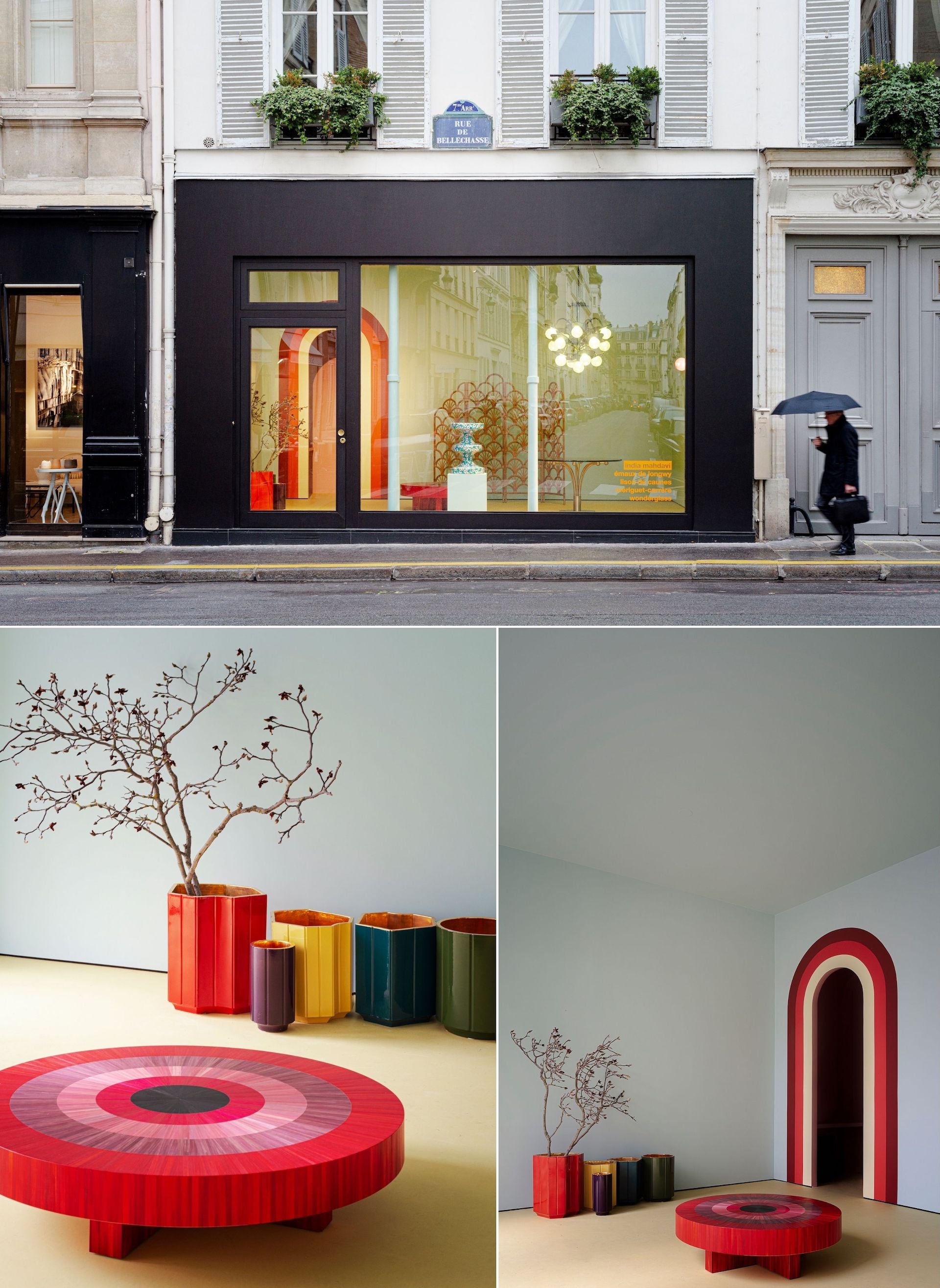
As a child, you lived in multiple countries—Iran, the US, Germany, and France—all before the age of ten. How do you think that diversity of experiences and cultures, particularly at a young age, affected your outlook on the world?
I think that my somewhat nomadic upbringing has intensified my curiosity for the world. Being an outsider at a very young age made me very accepting of others. I had to find ways to adapt, finding comfort in the creation of imaginary worlds that I designed and furnished with memories that I had subconsciously picked up from my voyages. Color hues, objects, flavors, textures, smells, shapes, and sounds. I was absorbing information like a sponge. These experiences contributed, at an early stage, to my bold conception of beauty and developed into an all-inclusive, beauty seeking, and innocent outlook on the world.
How do you think that experience impacted your aesthetic point of view?
It has enriched it and opened my taste to a large variety of cultures and allowed me to find beauty in authenticity, beyond the codes of harmony dictated by conventional taste.
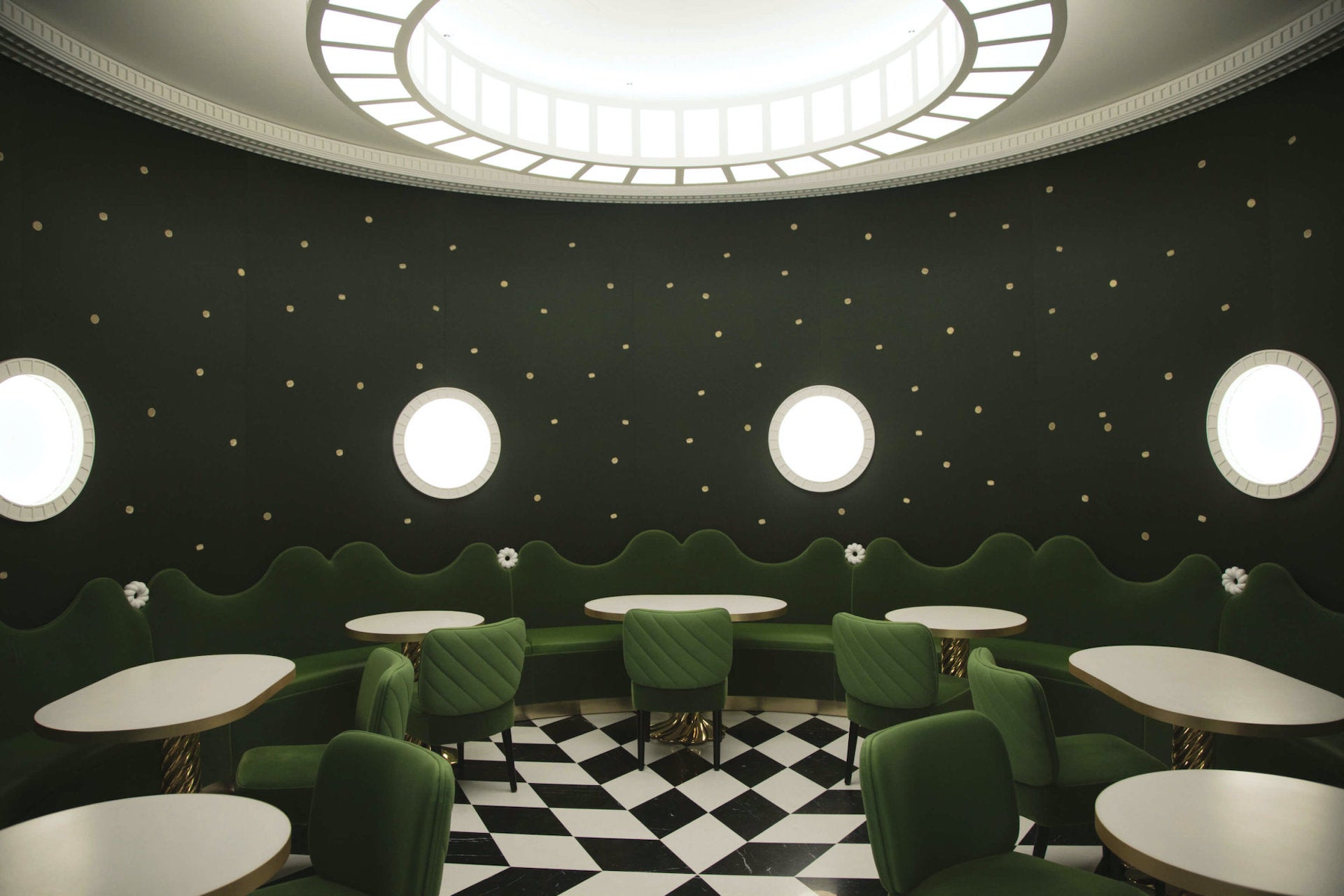
What first sparked your passion for design and art, and how did it become a career path?
When I moved to the south of France, at the age of seven, I attended an alternative school called École Freinet—an equivalent to England’s Summerhill. The school was oriented towards the arts and crafts, so I naturally found my expression through visual arts rather than language. Having switched from English to German and from German to French, I had found in art and design a constant mode of expression through which I could invent my own rules.
I also remember visiting the Fondation Maeght in Saint-Paul de Vence on a regular basis—a most beautiful and inspiring site, with an oversized Calder sculpture on the roundabout right in front of it. I knew from then on that, not only was I responsive and sensitive to beauty, but I also wanted to contribute to it.
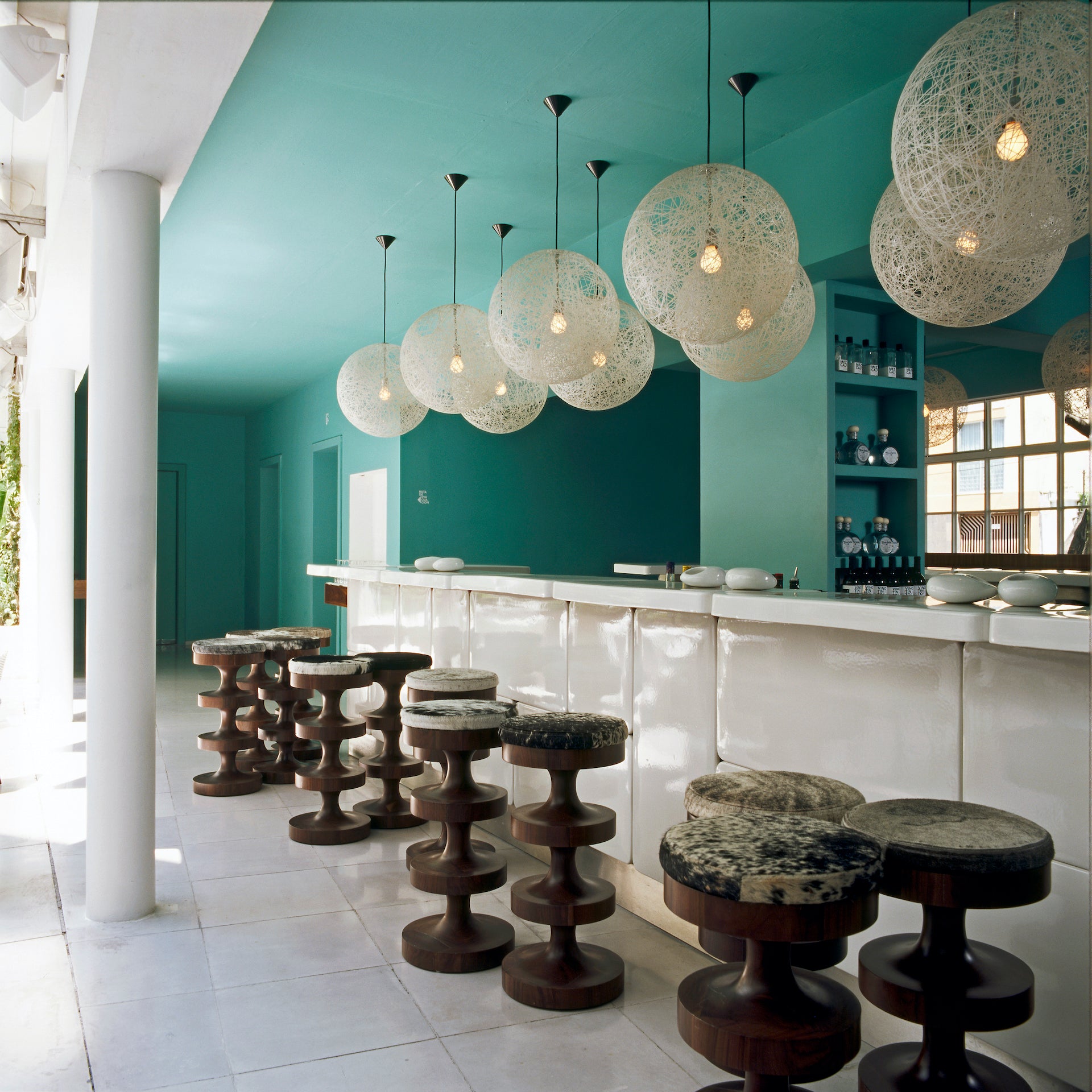
Why and when did you ultimately decide to settle in Paris as an adult? And what is it about the city that continues to anchor or inspire you today?
I don’t think that I decided to settle in Paris; rather, it was more of a natural progression. After six years spent in the south of France, my family moved to Paris, where I passed the French baccalaureate followed by a master’s degree in architecture at L'École des Beaux Arts, so most of my education was in French. Even though I spent a year in New York, extending my studies to furniture, product, and graphic design, I returned to Paris and found a job at [French interior designer and architect] Christian Liaigre’s studio, where I eventually became his art director. Through Christian, I got to meet many of the French trades of our profession, which are part of the French heritage and art de vivre—the know-hows, the crafts, and the artisans. Working and engaging with them has, and continues to be, an enriching experience.

How did that experience and working relationship impact you?
Christian Liaigre was my mentor. He taught and introduced me to this craft. The years I spent working there were very formative; I learnt how to sharpen my eye and seek beauty in everything, like looking for a needle in a haystack. I also learnt how to work at different scales—designing from the largest to the smallest, and knowing how and when to play with them. Christian taught me how to conceive an object for a space and how to conceive a space around an object.
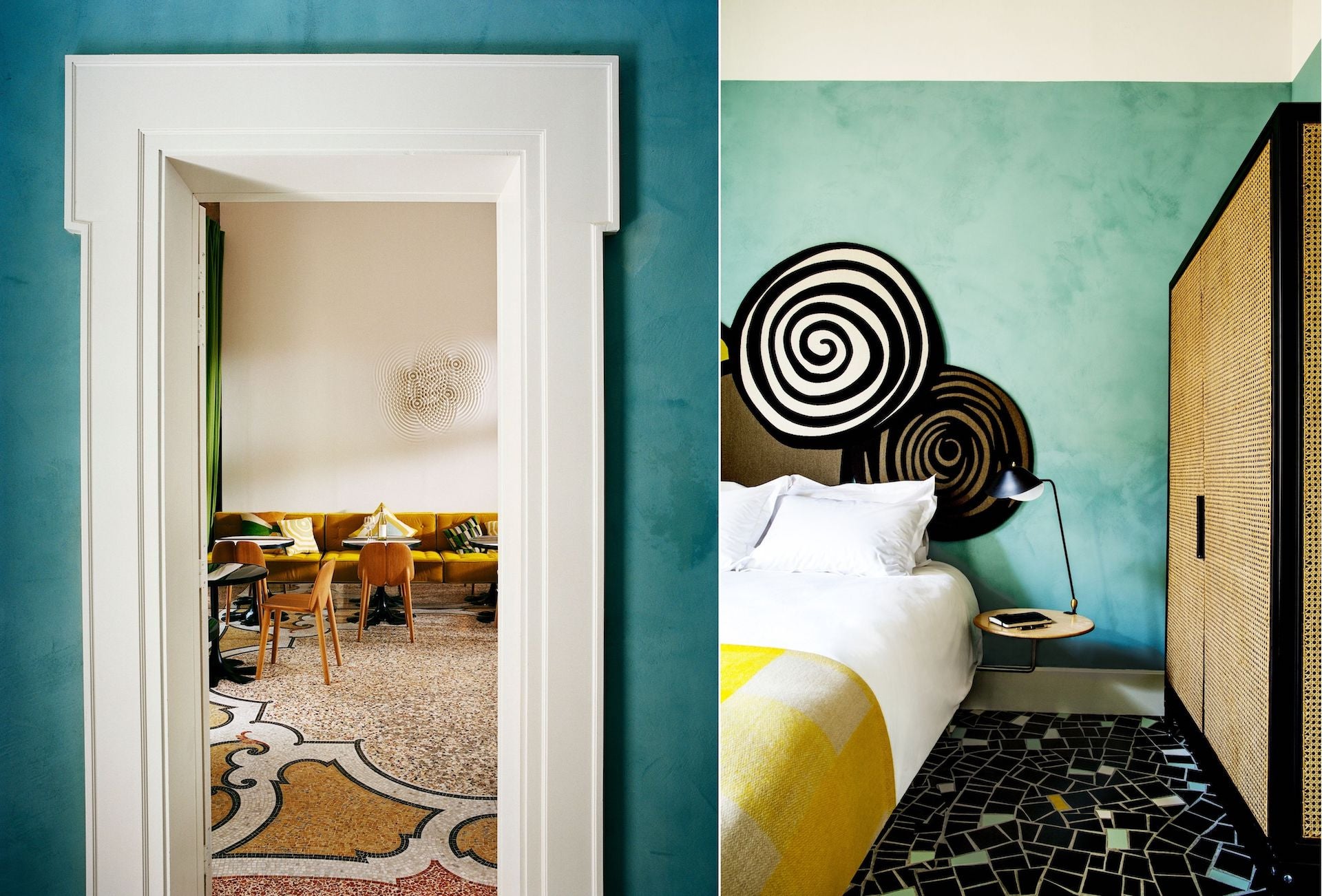
What inspired you to open your own studio in 2000?
The birth of my son prompted me to open my own studio. I started thinking about the kind of life I would like to have and what I wanted to transmit to him. I felt the need to take the risk of leaving a job with steady income and to be able to express myself as I pleased. A need for freedom.
Over the years, you’ve worked on projects in a remarkable variety of contexts. Are there some consistent steps you always take when embarking on any new project?
The fact that the projects are very different from one another is always positively challenging. It allows me to reinvent myself, to think differently and to ask different questions. Defining the question is more important than the answer, and that is the common denominator between all of my projects. I am always trying to define the right questions.
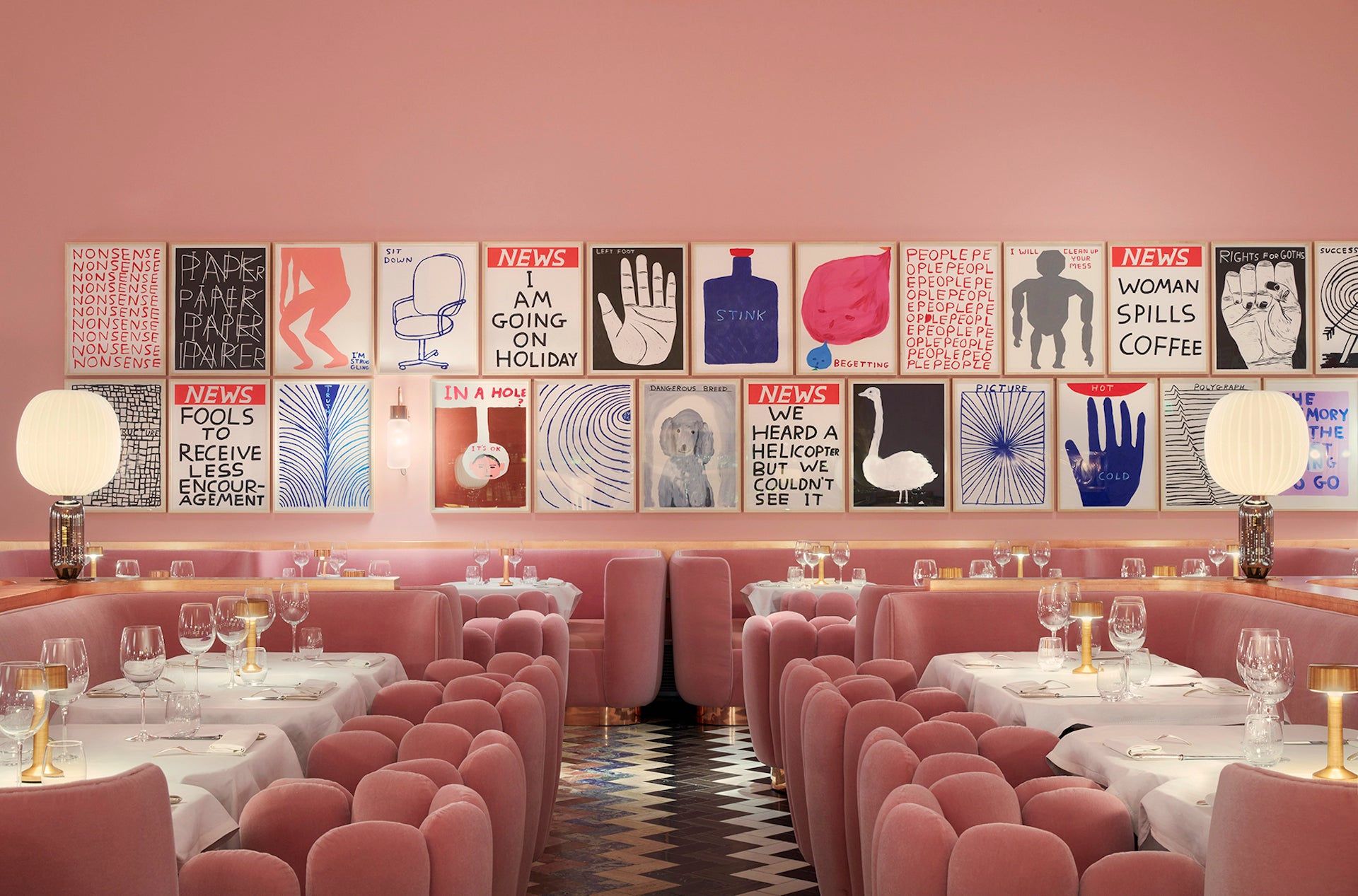
Seductive, often unexpected color combinations are a key component of your design signature. How do you describe your approach to color in any project?
I often describe myself as polyglot and polychrome because I am able to match colors with ease. Colors have become my mode of expression; they reflect an absolute artistic freedom. They are the light and shadow of all the Souths from which I originate, a nostalgia of a lost paradise.

What do you most hope people take away from encounters with the spaces you create?
A memory—a memory of the ephemeral. I love remembering a moment of happiness in relation to a space, and I seek to transmit that feeling with the spaces I create.
This year marks your studio’s 20th anniversary. First off, very big congratulations. Second, in light of this milestone, how do you believe your work evolved over the past two decades?
Over the past 20 years, the designing tools have considerably evolved. 3D representation gave me the possibility of exploring and experimenting ideas on a different pace with incredible precision. It made me simplify the expression of the narrative to its essential form in order to give immediate readability to the space, to the idea, to the experience. These new tools have allowed me to simplify my way of conceiving.
What are the biggest lessons or takeaways for you in this time?
Freedom as a state of mind—being able and knowing how to blend styles, cultures, and colors.
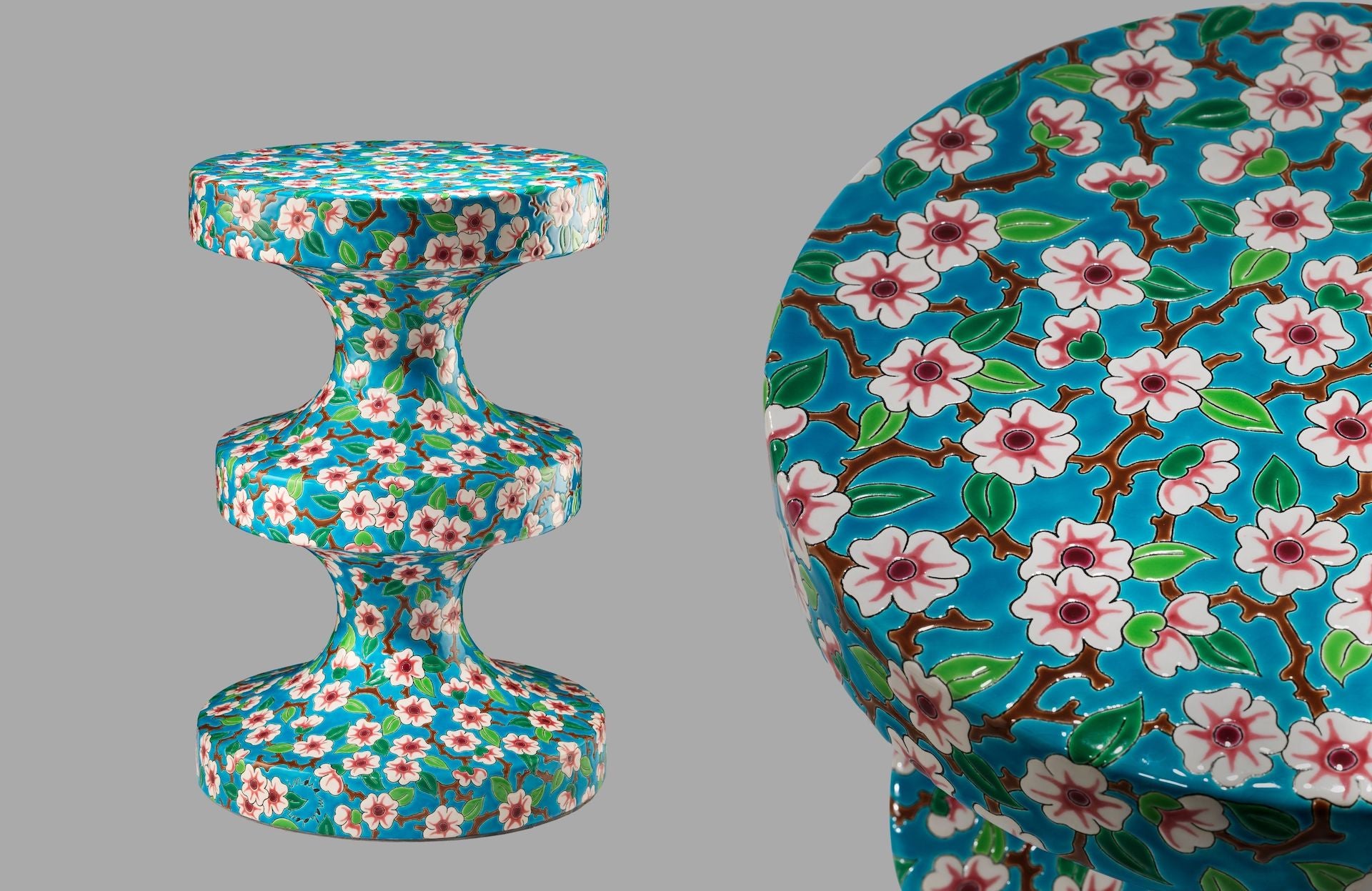
If you had to choose one or two individuals or organizations, whom would you say has most helped or influenced you throughout your career?
My clients, by trusting me. My team, by working smart. Myself, by never giving up.
What do you see as your biggest accomplishments in this time?
Proposing a multidisciplinary vision of my profession in which architecture, interior architecture, furniture design, product design, and scenography cross each other. I try to convene all kinds of mediums to express what I have to say, from film to decorative arts. I sought the freedom to undertake and create independently, and I continue to do so.
How has the past year’s tumult affected your work and/or your perspective on your work? On the role of design in general?
There are so many things to be said—from the importance of distance in indoor spaces to the necessary hygiene rules we must comply with. I think that creative disciplines require a physical presence to be practiced, as the creative process is built around a live conversation, an exchange. The introduction of isolation has made the possibility of a conversation more strenuous. We cannot bounce off each other as comfortably as we would have under normal circumstances. But we adapt. Design adapts. For it is design’s nature.
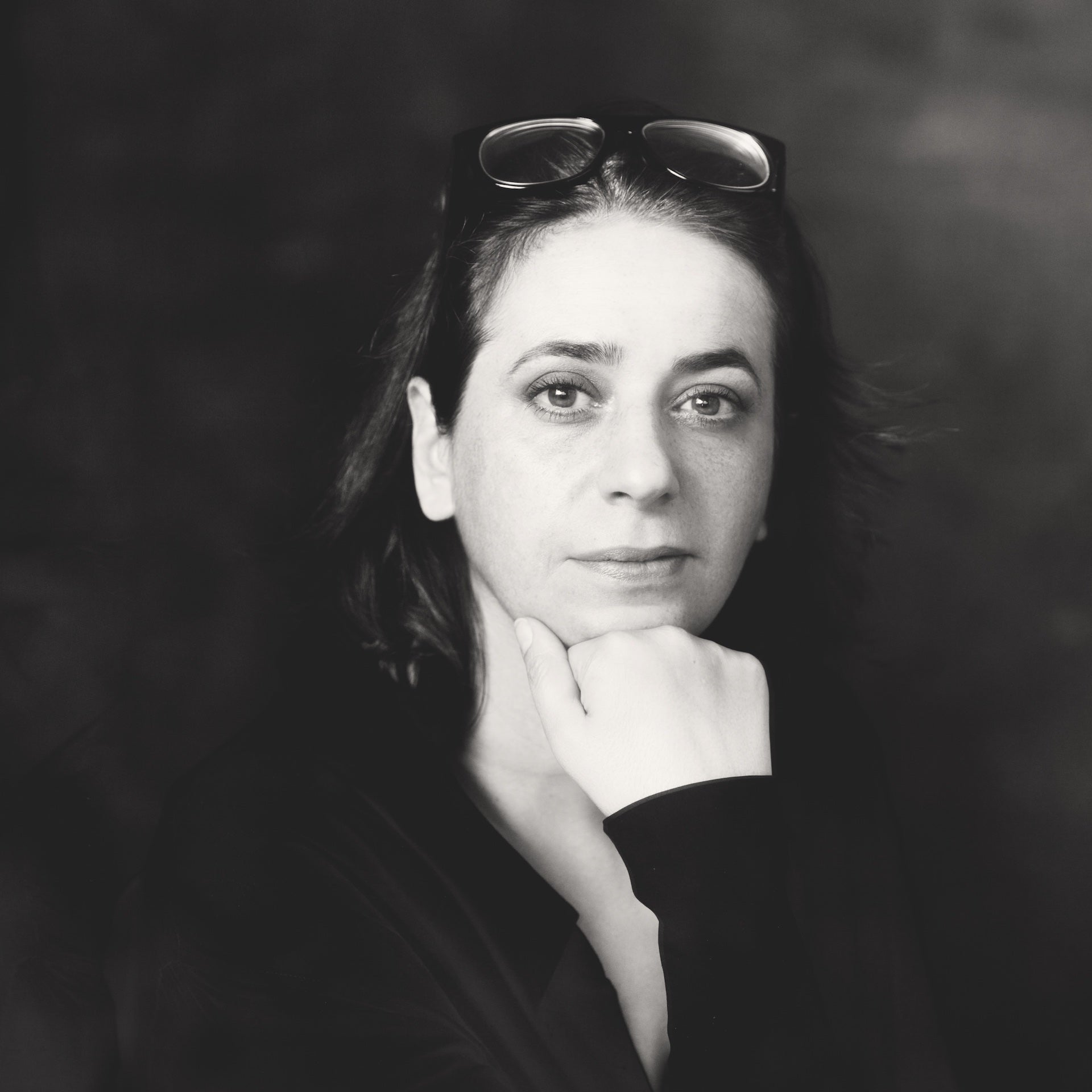
What are you working on at the moment?
I am working on a few collaborations with different brands—from smaller industrial objects to more limited editions. Current projects include scenographies for museums and galleries, restaurants, and a couple of homes, including my very own house in Arles, located in the southern region of Camargue.
What are your hopes for the next 20 years?
My hopes for the next 20 years cannot ignore the current state of the world—where problems such as poverty, global warming, and extremism are increasingly present—so I hope we can find reasonable solutions to all of these issues. But on my level, I wish to continue to produce fairly, to support know-hows, and to encourage fair consumption.
Thank you, India! ◆
Want to know more? Check out a few of India Mahdavi’s favorite designs here.
